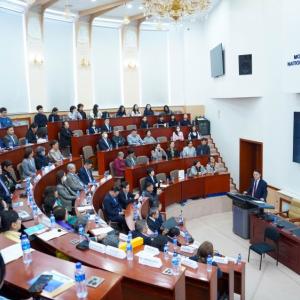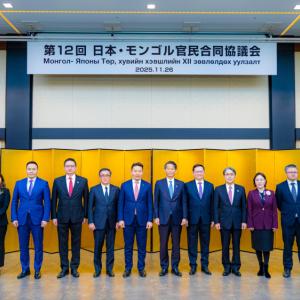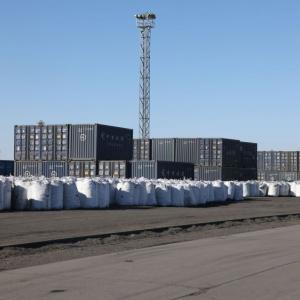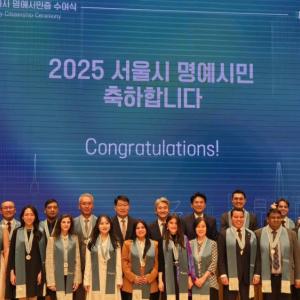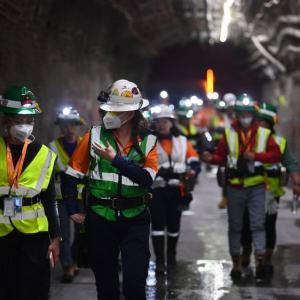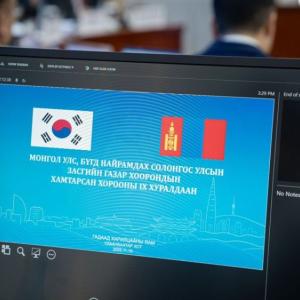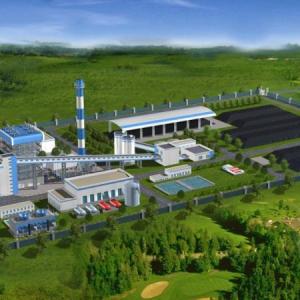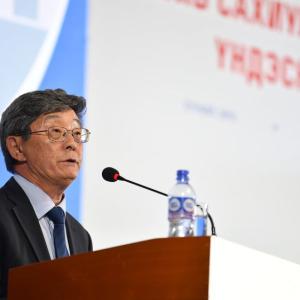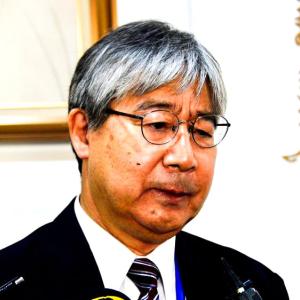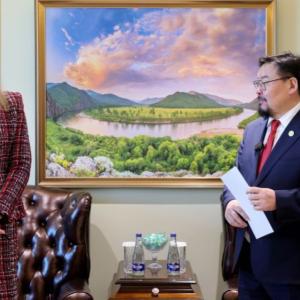Leveraging Digital Technologies Key to Asia’s COVID-19 Recovery
Economy
Ulaanbaatar /MONTSAME/. Digital platforms and other
technology-based tools are providing new growth opportunities for businesses of
all sizes and across all industries in Asia and the Pacific—a trend which could
contribute significantly to the region’s sustainable recovery from the
coronavirus disease (COVID-19) pandemic, according to a new report by the Asian
Development Bank (ADB).
A flagship ADB publication, the Asian
Economic Integration Report 2021, looks at Asia and the
Pacific’s progress in regional cooperation and integration, and examines the
initial impact of the pandemic on trade, cross-border investment, financial
integration, and the movement of people. The latest edition features a special
theme chapter on the role and potential of digital technologies in contributing
to inclusive and sustainable development, how digital technology can spur
post-pandemic recovery in the region, and ways to accelerate digital
transformation while managing the risks effectively.
“Countries in Asia and the Pacific have leveraged rapid
technological progress and digitalization to recover and reconnect to the
global economy during the pandemic. Technology is helping to forge new global
linkages, which offer enormous economic opportunities, but also present new
risks and challenges,” said ADB Chief Economist Yasuyuki Sawada. “It is
imperative to implement policies and regulations that manage the disruptions
and maximize the gains from the burgeoning digital economy, and to lock in
these gains through enhanced regional cooperation.”
Business-to-consumer revenues of digital platforms reached
$3.8 trillion in 2019 globally, with Asia and the Pacific accounting for about
48% of the total or $1.8 trillion, equivalent to 6% of the region’s gross
domestic product. These figures are expected to have significantly increased in
2020 as more business transactions—such as ride hailing, food delivery, and
e-commerce—migrate to the digital space amid restrictions imposed to curb the
spread of COVID-19.
Accelerated digital transformation can potentially boost
global output, trade and commerce, and employment. According to the report, a
20% increase in the size of the global digital sector can increase global
output by an average of $4.3 trillion yearly from 2021 to 2025. Similarly, Asia
and the Pacific would reap an economic dividend of more than $1.7 trillion
yearly or more than $8.6 trillion over the 5 years to 2025. There will be about
65 million new jobs created yearly in Asia and the Pacific until 2025 from
increased use of digital technologies, with regional trade also expected to
increase by $1 trillion yearly over the next 5 years.
Governments in the region can leverage and reap the
benefits of the emerging digital economy through policies and reforms to
improve digital infrastructure and connectivity, as well as access to them.
These steps include promoting fair competition and improving ease-of-doing
business processes, as well as enhancing labor security and social protection
measures to align with digital jobs. The report also emphasized the need to
focus on data privacy and security, taxation, partnership between public and
private institutions, and regional cooperation.
The report notes that the region’s trade performance, while
hit hard during the first half of 2020, is expected to recover
faster than anticipated. Asia’s merchandise trade volume growth hit
the bottom at -10.1% year-on-year in May, and has recovered
gradually, turning into positive territory since September
2020. Investment flows globally and to the region are estimated to have
fallen further in 2020, following a 7.7% slide in foreign direct investment to
Asia in 2019 at $510.5 billion. Nevertheless, recent firm-level
activity in mergers and acquisitions in the region shows signs of recovery, as
countries start to reopen and ease some pandemic-related restrictions.
ADB is committed to achieving a prosperous, inclusive,
resilient, and sustainable Asia and the Pacific, while sustaining its efforts
to eradicate extreme poverty. Established in 1966, it is owned by 68 members—49
from the region.
Source: ADB
 Ulaanbaatar
Ulaanbaatar






